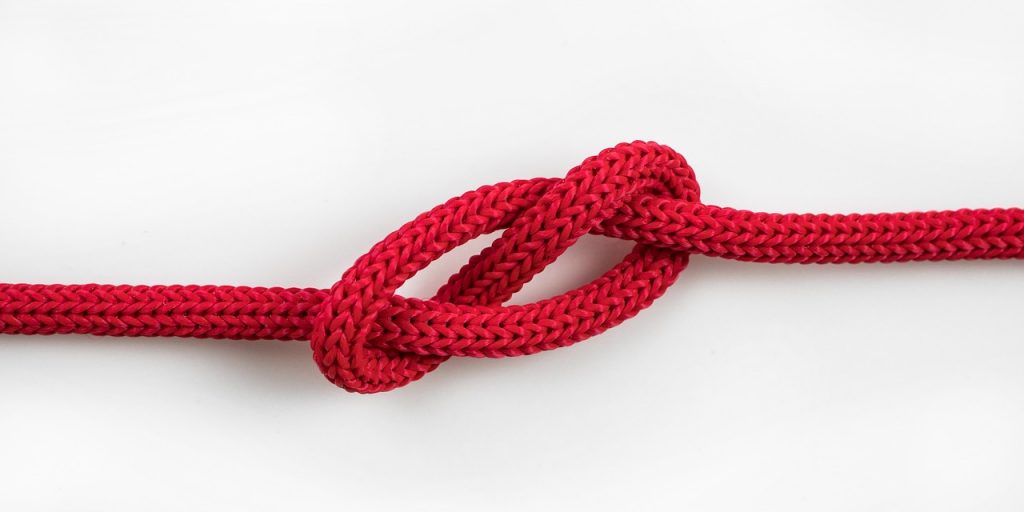Let’s say you are a scientist studying, oh I don’t know…Sasquatch. Due to the countless hours you have spent researching the topic, you are considered somewhat of an expert. People look up to you for the academic and scholastic approach you take to the subject. Due to the controversial nature of Bigfoot research, you are very careful to fully document your claims and back up your rhetoric with scientific evidence.
Now, let’s say you get an email from a prestigious journal of North American mammal research. The email says the following: “Dear Dr. XXXXXXXX. It has come to our attention that your latest claim regarding the existence of Homo sapiens cognatus (Bigfoot or Sasquatch), is materially different than what other researchers have found. We are in possession of several academic papers which indicate this to be the case. Please address our concerns.”
You frantically look through the email for an attachment to the claimed, contradictory evidence, but find nothing. Furthermore, when you reply to the email and kindly ask for the evidence cited, you are denied access as “it is confidential.”
Of course, the hypothetical scenario described would be ridiculous. How can you address ‘evidence’ that is not given to you? How do you adequately answer concerns on a subject if you are denied access to the very material they are citing as being in conflict with your own data? The answer is… you can’t!
A few days ago, I finally got my first Collateral Underwriter (CU) notification. Yeah! It was on a home I had appraised just the day previous (can’t say CU is not timely). Here is the body of the email:
Please respond on a cover page addendum to the following and revise report if necessary. Thank you. FNM0424 N/A N/A Comparable 1 The condition rating for comparable #1 is materially different than what has been reported by other appraisers. Warning FNM1000 N/A N/A Appraisal The Collateral Underwriter Risk Score is 2 on a scale of 1 to 5 where 5 indicates highest potential collateral risk. A score of 999 indicates no Collateral Underwriter Risk Score available. Warning.”
Let me summarize. “You reported one thing and other appraisers have reported something else. Please explain why your information is different than others.” No explanation of what the other appraisers might have put, and no attachment with the evidence. Just a generic statement and a request for me to show why my data is better than theirs.
So, here is my question; how is this request from the AMC any different than the ridiculous, hypothetical scenario I presented above regarding Bigfoot? In both cases, the person being approached is considered an expert in his or her field. In both circumstances, the professional is being presented with ‘evidence’ that is contrary to the claims he or she might have made in a report. Finally in both stories, the specialist is being asked to refute data but is not given the data he or she is being asked to refute. Here was my answer:
Per your rejection notification, I have once again evaluated comparable #1. Based on the best information available to me (MLS data, interior photos, county, exterior drive by, and verification with agent), the comparable is indeed a C3 condition per UAD definitions. If you have information available that is not currently accessible to me, I would request that such information be passed along that I might evaluate it. I reserve the right to amend my designations if better information from credible sources is made available to me.”
I have received dozens of emails and other correspondence from appraisers across the nation over the past several weeks. Each of them have a similar theme; ‘how do we answer CU rejections when we are not even allowed access to the very data being used to reject our reports?’ The answer is simple; you can’t. At least, you can’t with any degree of specificity.
Now, I am not saying we should not be able to justify our reports. We should. If I put a C3 rating for a comparable, I had better have a reason for doing so (and I better have that reason in my workfile). In the case above, it took me about 30 seconds to pull up the workfile and reconstruct my justification for the rating I gave to Sale 1. I felt confident about the condition reported and would have changed it if I had realized a mistake had been made after the fact.
The concern is that we are being judged on information that we do not have access to (well to be fair, the report—not necessarily the appraiser—is being scored based on information we do not have access to). What professional in any field would be okay with that? If you are going to say I am wrong because what I reported is “materially different” than what others have reported in the past, I say we are justified in demanding access to the evidence being used to refute my data. Hats off to the Network of State Appraiser Organizations for their recent letter for demanding just that. Others are also calling for more transparency.
One way we as appraisers can help this effort is by not rolling over. When you are asked to defend your report in the wake of other evidence, demand that you are given access to the evidence they are citing. If you find that you were wrong, make it right, but do not simply change your report because CU says your data was materially different than what others have reported. Doing so would be akin to declaring Bigfoot exists based on a new video that you have never seen.








